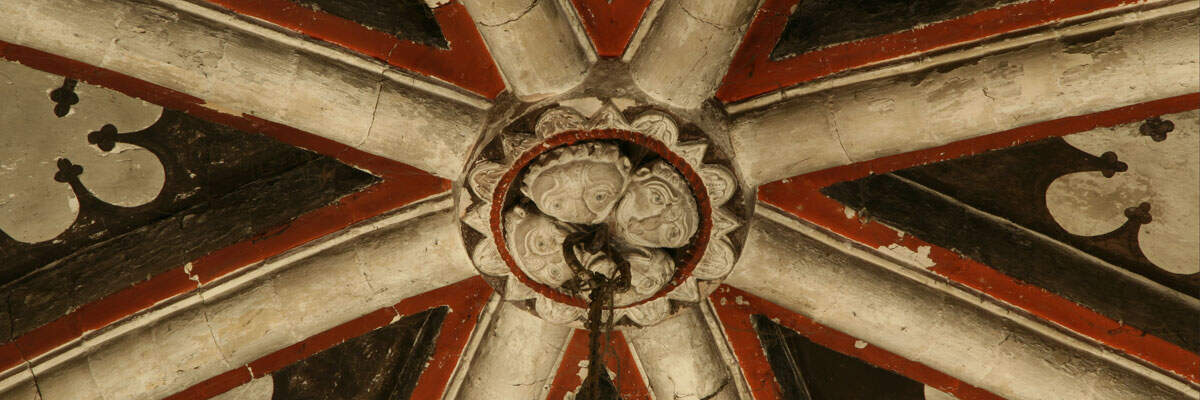The Domesday Survey assessed Great and Little Easton together, and recorded four holdings. A manor of 2 hides was held by Dufa, a free woman, in 1066, and by William de Warenne in demesne in 1086. There was woodland for 200 pigs in 1066 (150 in 1086) and 52 acres of meadow. A second manor of half a hide and 16 acres was held by Richard from Geoffrey de Mandeville in 1086, that was held by Esger in 1066. This contained woodland for 30 pigs and 16 acrers of meadow. The third manor of 2 hides was held by Doding in 1066 and by Walter the Deacon in 1086. This manor had a priest at both dates, woodland for 800 pigs in 1066 (400 in 1086), 26 acres of meadow, and a mill. Finally the largest manor of 5 hides was held by Aki in 1066 and Matthew of Mortagne in 1086. There was a priest there at both dates too, and woodland for 200 pigs in 1066 (150 in 1086), 67 acres of meadow and a mill.
The grant of a fair to be held on the vigil feast and morrow of St Giles (1 September), granted by Henry III to William le Moyne on 2 November 1252, to be held at the manor, supplies the name of the lord at that date and strongly suggests a dedication to St Giles at that time.



